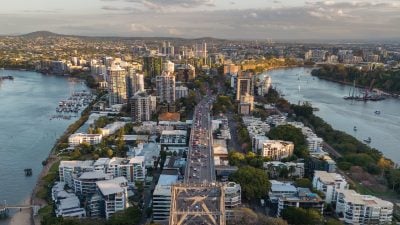Home / UK & Europe / Belgium / The Small Country with Outstan…
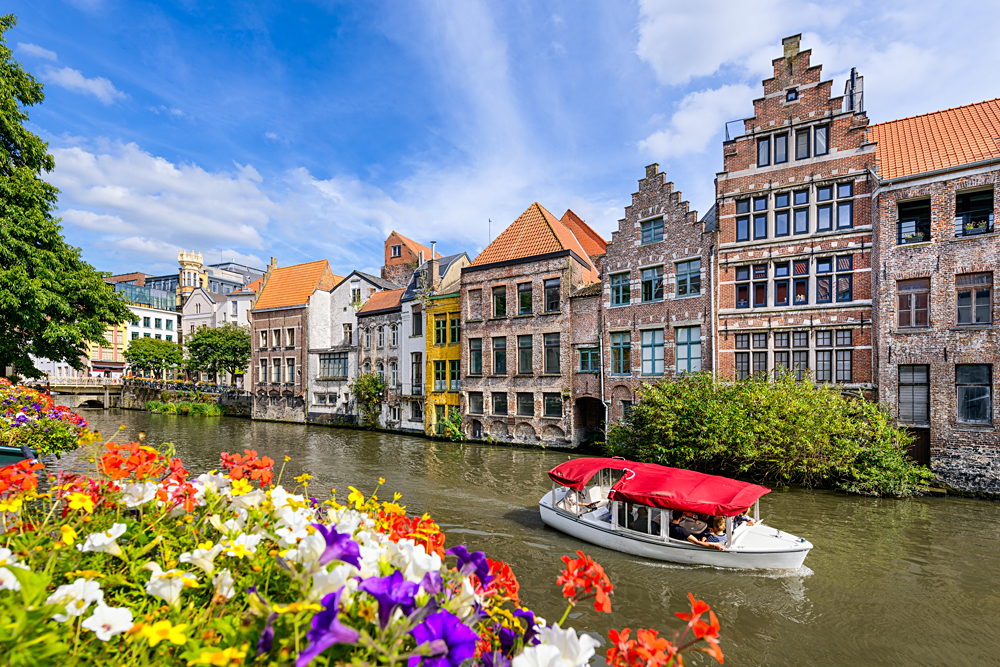
The Small Country with Outstanding Attractions to be Discovered on a Belgium Vacation
If you are looking for a destination which has diversity, history, culture, outstanding architecture, and great food and beer, then it’s time for a Belgium vacation. This is definitely not a large country. In fact, it is very compact, which is a plus for getting around, especially as Belgium has a good rail network.
Starting with diversity, there are two parts to the country. It is literally split in two from both a language and cultural point of view. The Dutch-speaking Flemish occupy the north and the French-speaking Walloons, the south. Belgium’s capital, Brussels, has absorbed both of these, which makes it a truly diverse city. Perhaps this is why it was chosen as the headquarters of the European Union. Belgians are reputed to have a fairly dry sense of humour. Maybe this is the reason for the Manneken Pis in Brussels. This is a small bronze statue of a naked little boy urinating into a fountain’s basin. The last time I walked by it, it was surrounded by hordes of people taking photographs. I’m sure the locals must smile at this sight.
While I cannot guarantee good weather, the summer is warm and the winter bearable. The food is excellent – Belgium is known for its gastronomy. So, before trying out the cuisine, let’s explore some of the must-visit places found on a Belgium vacation.
Brussels
You should start off by heading to the Grand Place (De Grote Markt in Dutch). This is bang in the middle of the city and is deservedly a UNESCO World Heritage site. This is because of the outstanding architecture that surrounds the square. It includes the Brussels’ Town Hall, nearly 40 guildhalls (a building used as the meeting place of a guild or corporation), and other edifices dating from the 14th to the 17th century. If you happen to be in Brussels on a Belgium vacation in mid-August, when the Flower Carpet takes place, you will be rewarded with the sight of 700,000 cut begonias. The grandiose Brussels’ Town Hall is a Gothic structure, first erected in the 15th century. It was badly destroyed in 1695 but has been restored. You can take a tour of the interior of the building where you will find valuable antiques including important paintings, sculptures, and tapestries.
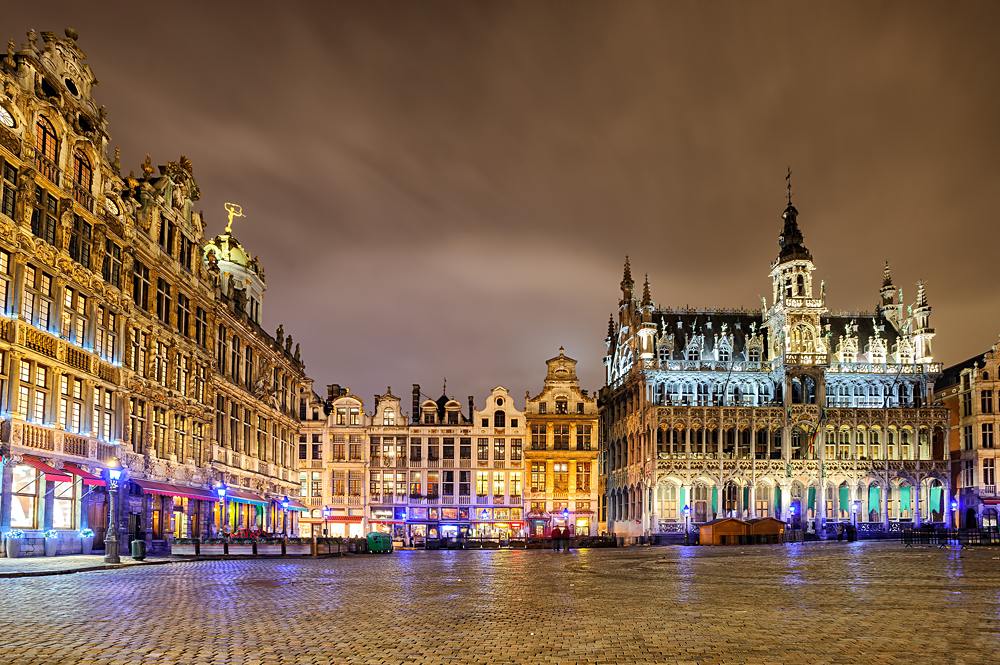
I have already alluded to the Manneken Pis. According to the experts, this is the most visited site in Brussels. The statue is only 61 centimetres/2 feet high and is made of bronze, created in the 17th century. The statue has been the victim of vandalism, and was kidnapped in 1745 by the English and in 1746 and 1817 by the French. The boy has his own wardrobe of outfits, which are on display in the City Museum, and he is included in several celebrations throughout the year. When celebrating Belgian beer, he is connected to the keg and he pees beer for the passersby.
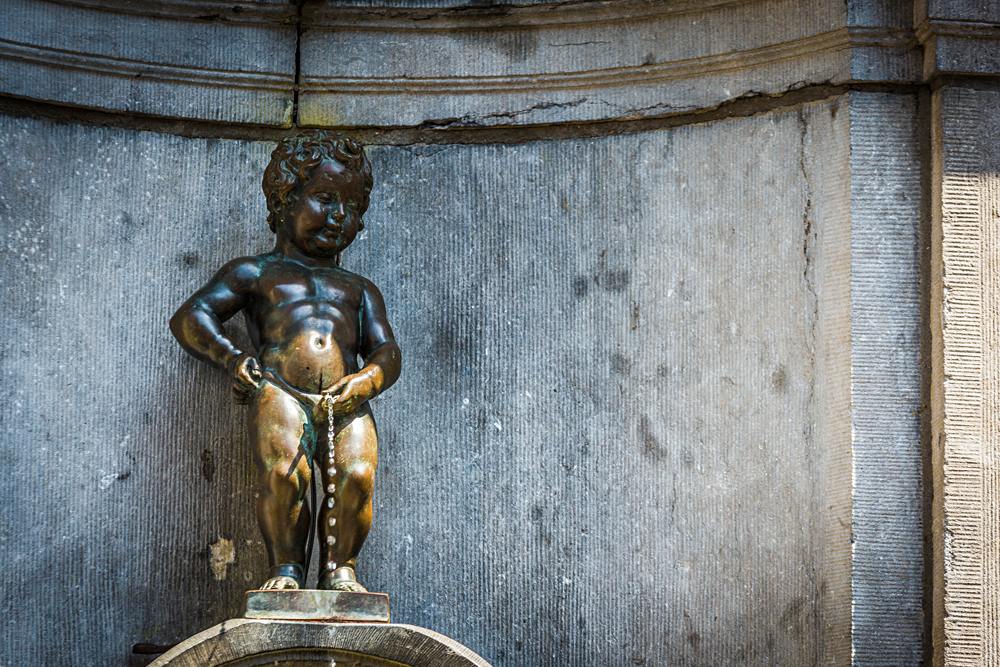
The Royal Palace of Brussels is another imposing building. It was the official residence of Belgian royal family but is now used for visits by foreign heads of state, as the royal family now resides in another palace on the outskirts of the city. In front of the palace is the beautiful Royal Park, and opposite is the Parliament Building on the other side of the park. The palace is home to four famous contemporary art pieces. Notable rooms in the palace are the Goya Room, where precious Spanish tapestries hang, the Vase Room, built in the early 1800s, the Large White Room with Empire furniture, the Music Room, the Throne Room, and the Grand Hall with its ceiling murals.
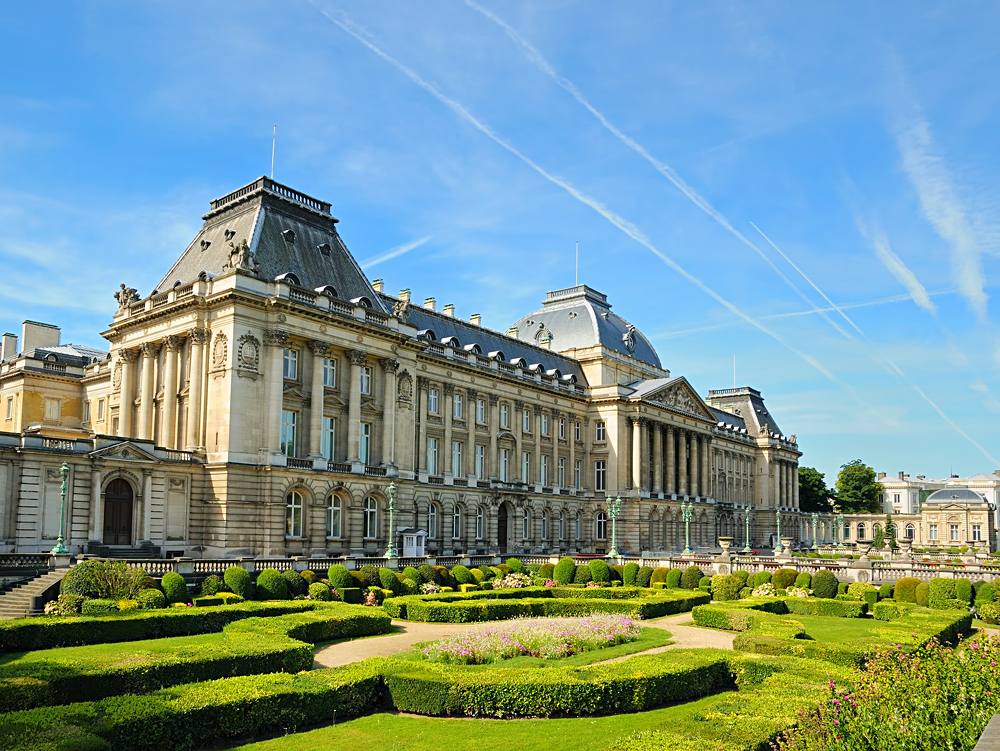
The Atomium is a building constructed in 1958 for the World Exhibition and was modelled on the atomic structure of an iron crystal. You can explore the unusual tube walkways and spheres as well as see a permanent exhibition which details the history of the building. Temporary exhibitions on a range of scientific and design themes are also held regularly. The Atomium is 102 metres/332 feet high and, as with a real atom, it consists of “lines” or tubes connecting spheres. Each of the 9 spheres has been named in honour of a famous scientist or Nobel Prize winner, and 6 are open to the public. The main sphere houses the permanent exhibition. In other spheres, you can see multimedia displays and there is a specific area developed for children. From the highest sphere, you can look out over the city. The building is lit up at night with 2970 lights, plus there is a restaurant.

For museum buffs on a Belgium vacation, there are many museums and art galleries to fill your time. The Magritte Museum is dedicated to the work of the Belgian surrealist artist, Rene Magritte, considered one of the most important 20th Century artists in the world. The exhibits are spread over 5 floors and include more than 200 pieces, which is the largest collection of Magritte’s work anywhere. The Royal Museums of Fine Arts of Belgium covers several museums in one building, the Museum of Old Masters, the Modern Museum of Art, and the Fin-de-Siecle Museum. Together the museum collections cover paintings, sculptures, and drawings from the 15th to 21st centuries. The Museum of Old Masters includes works by Bruegel, Rubens, Bosch, and Van Dyck. The Fin-de-Siecle Museum is dedicated to Brussels in the 1900s, when it was the hub of Art Nouveau. A highlight of the building is the 3D reconstruction of six Art Nouveau buildings. An enjoyable museum is the Musical Instruments Museum, which holds one of the most important and largest collections of musical instruments anywhere. The collection includes 9,000 instruments of which 1,100 are on display. The instruments are historic, traditional, and modern from all periods and cultures. You can also see clavichords, pianos, and harpsichords in the string instrument exhibit. Using audio recordings, visitors can listen to how the instruments sound.
Bruges
Beautiful, photogenic Bruges is a small city which needs to be explored on foot, while on a Belgium vacation, and by a cruise through its network of canals. It is known as the “Venice of the North,” as its canals criss-cross the city. A boat trip will help you to get your bearings while seeing some impressive, attractive, old houses including historic churches and old whitewashed almshouses. Apart from the canals, you can also walk along cobblestone streets passing by old churches and quaint bridges. Interestingly, no building in the city is allowed to be more than 30 metres/95 feet in height. Bruges is a UNESCO World Heritage-listed city due to its well-preserved medieval centre which is closed to motorized vehicles.
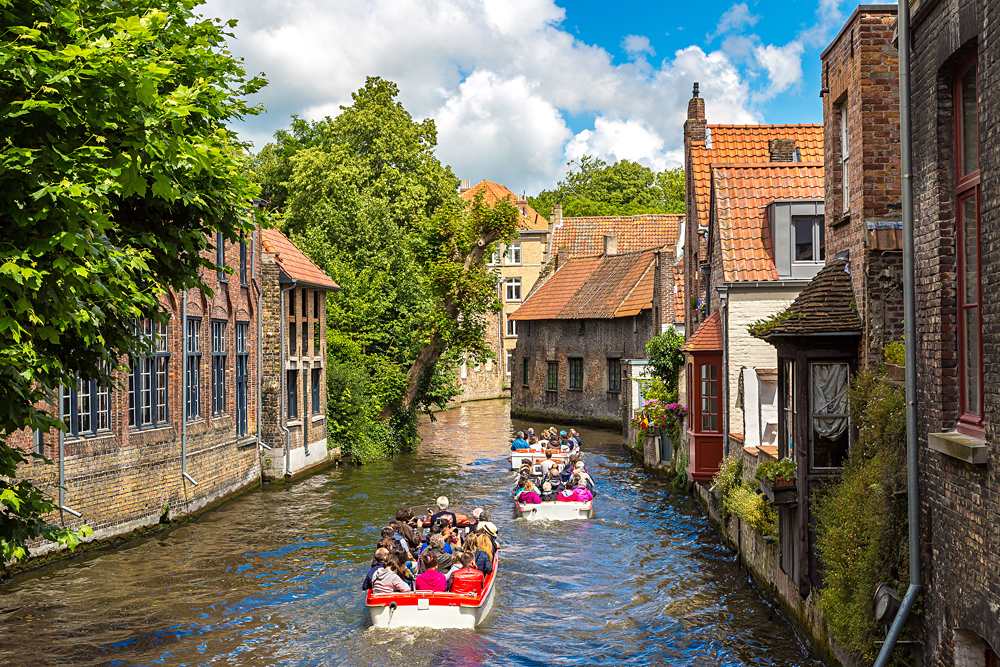
In the very centre is the Big Market Square in which you will find the beautiful Stadhuis (City Hall), dating back to 1420 with its Gothic turrets. Inside you will find old portraits and several rooms with hanging vaults and historic murals. The Heilig-Bloedbasiliek (Basilica of the Holy Blood) is a church which takes its name from a phial supposedly containing a few drops of Christ’s blood that was brought here after the 12th Century Crusades. The colourfully-adorned chapel is where the relic is hidden. Upstairs is the church’s one-room treasury, where you can see the jewel-studded reliquary in which the phial is mounted on Ascension Day for Bruges’ biggest annual parade.

The Belfort is a fabulous 13th Century tower featuring a staircase of 366 steps which, if climbed, will reward you with panoramic views across Bruges. The 47-bell carillon is still played manually on a changing schedule (usually on Wednesdays and weekends). Timings are posted. The Begijnhof is a charming 17th Century house converted into a small four-room museum. This will show you how a house in medieval times was furnished and what contents existed. A beguinage was a community of women who followed the example set by the apostles: poverty, simplicity, and preaching. The Bruges Vrije is an exceptional old building due to its early baroque gables, gilt edges, and golden statuettes. Most of the building is used for city offices, but you can visit the former aldermen’s room and the Renaissancezaal, with its outstanding and remarkable 1531 carved chimney piece. Bruges’ most celebrated art gallery is the Groeningemuseum which has an exceptionally rich collection of Flemish and Renaissance art.
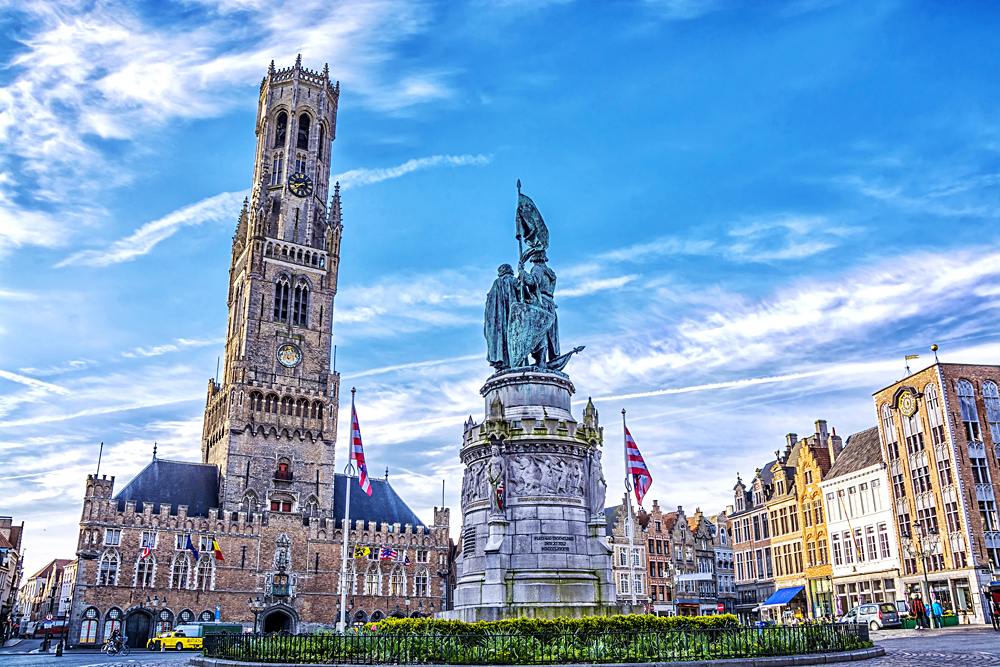
When in Bruges on a Belgium vacation, you can’t ignore chocolate, as this city is world-famous for this delight. There are many shops selling this commodity and if you are really into this sweet treat, head to the Choco-Story Museum, which covers several floors of an old house and describes chocolate’s transition from cocoa into chocolate. It is run by a Belgian chocolate manufacturer. You can watch a chocolate-making demonstration and, of course, buy some. The Belgians are also known for their love of French fries. The Friet Museum is the world’s only frites (fries or chips) museum which tells the story of the potato from South America and how it has evolved into a fry. And you can try some samples.
Ghent
Ghent, Belgium’s third-largest metropolis, is a university city with thousands of students. This gives it its lively atmosphere. Although not far from Bruges or Brussels, it is a place that should not be ignored and it certainly isn’t overrun with tourists. Ghent is known for its medieval architecture, museums, and breweries. It also has a number of significant churches and an opera house. The city is well-preserved and oozes history. It is also a good place to sit at a café and enjoy a coffee or beer at one of the many choices here. Some of the major sites to visit include the 12th Century castle of Gravensteen, modelled on the Crusader castles in the Holy Land and complete with a moat and turrets. Inside are a museum and a prison with an exhibition of various torture instruments. Once the country’s biggest abbey, St-Pieters was the original centre around which the city of Ghent grew. This impressively vast 1720 baroque-fronted church was once a monastery and was later used as a military garrison. You can stroll around the ruins and the abbey gardens. Styled like a Greek temple, the superb MSK (Museum of Fine Arts Ghent) is a true encyclopedia of Belgian and Low Countries’ painters from the 14th to mid-20th centuries.
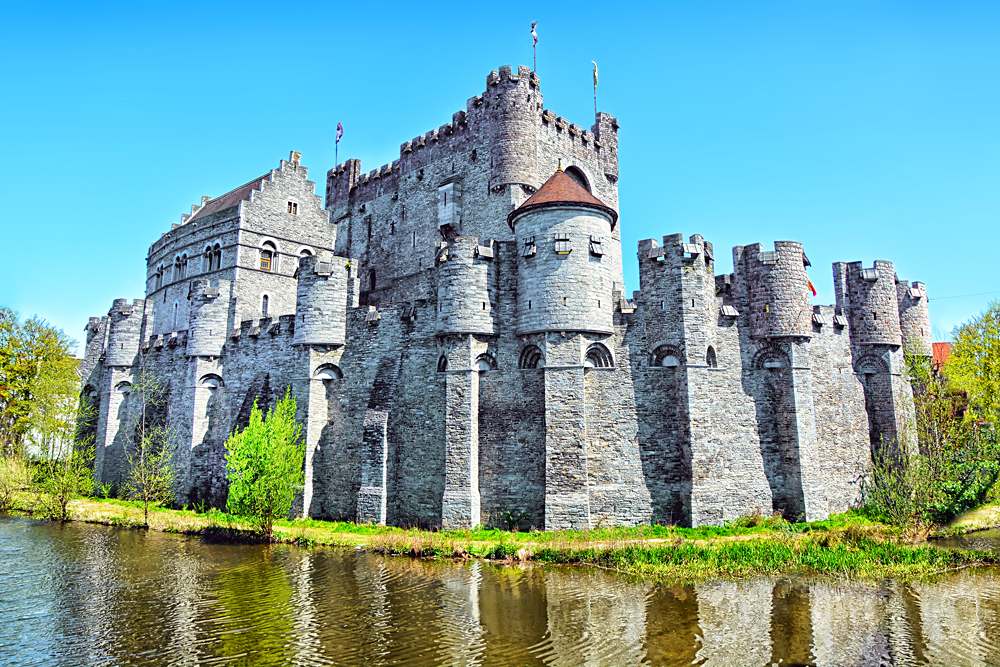
An interesting neighbourhood district is Patershol, with its winding streets and cobblestone lanes. Here you can imagine yourself back in the Middle Ages. There are a number of small shops and restaurants. The Klein Begijnhof (or Small Beguinage) is another beautiful small historical quarter. Ghent has a vibrant street art scene where murals are painted on many walls throughout the city. The city has generously given its street artists many locations on which to paint. Werregarenstraat is now “graffiti alley.” Graslei is a waterside quay in the historic city centre. Originally a medieval port, it is now a cultural hotspot in the city with its large number of cafes, and along with its historical buildings, is a protected district.
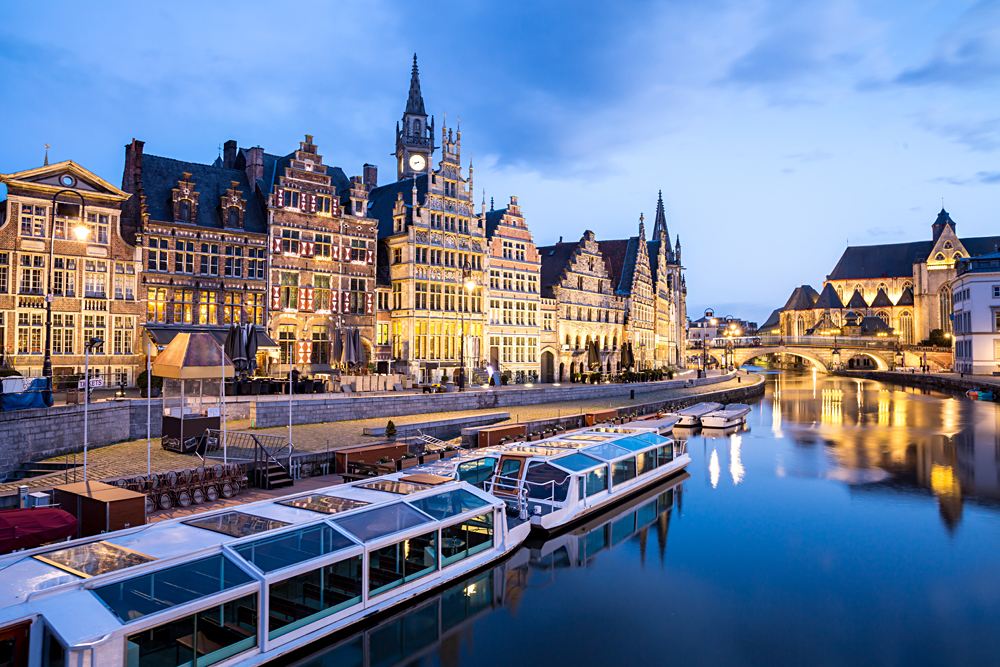
Antwerp
Antwerp is Belgium’s second largest city and its biggest port. It offers both the very contemporary and the old, on a Belgium vacation. The former is a result of the severe bombing that destroyed much of Antwerp. There are some breathtaking modern buildings to be seen. Most of the old parts of the city are still intact. The young-at-heart have been attracted to visit due to its abundance of coffee bars, authentic vinyl record shops, and secondhand clothing stores. However, on the cultural side, you will also find many galleries and museums. Gentrification has come to the formerly abandoned dockside district, Het Eilandje. The neighbourhood’s warehouses have made way for museums, artists’ workshops, and coffee bars. The Cogels-Osylei is an ornate residential street, in the Zurenborg district, full of mansions. In the centre of the city, you will find cobblestones and tree-lined squares, the main square being the Grote Markt, flanked on two sides by beautiful guildhalls. The square is dominated by an impressive Renaissance-style City Hall dating back to 1565. Some eye-catching buildings in Antwerp include the Palace of Justice, with its spiked roof, the remarkable Port House, and the awe-inspiring Central Station, with its combination of stone, steel, and glass.
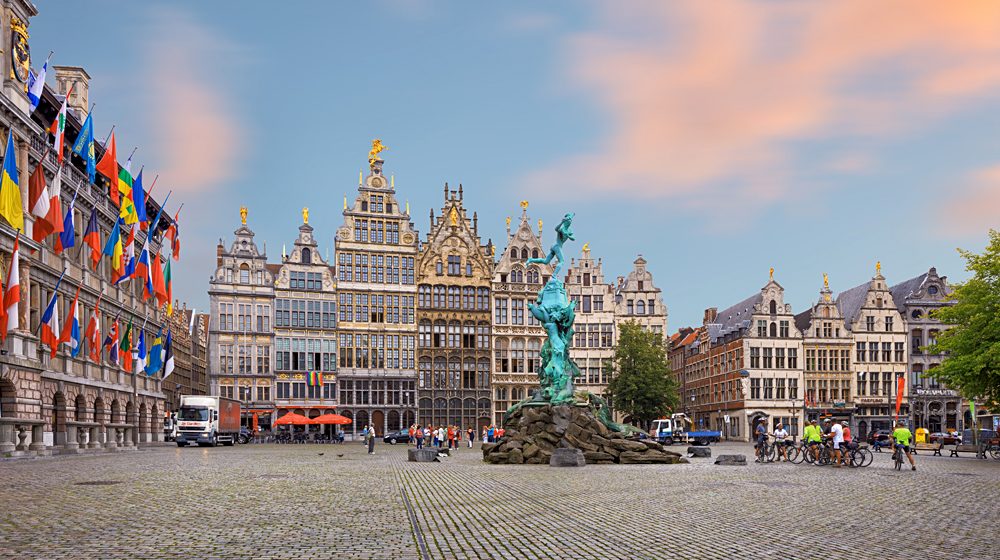
M HKA (Museum of Contemporary Art) is considered to be one of Belgium’s best contemporary museums. Its collections and temporary exhibitions emphasize works from the 1970s on, and feature both Belgian and international artists. The MAS or Museum by the Stream is a large structure made of red sandstone with its windows resembling waves and is surrounded by ships. Exhibits include old master paintings plus tribal artifacts and video installations. The Rubenshuis was built as the home and studio of the renowned Belgian painter, Rubens, dating back to 1611. It has been restored but the furniture dates from Rubens’ era. There are 14 Rubens canvases on display.
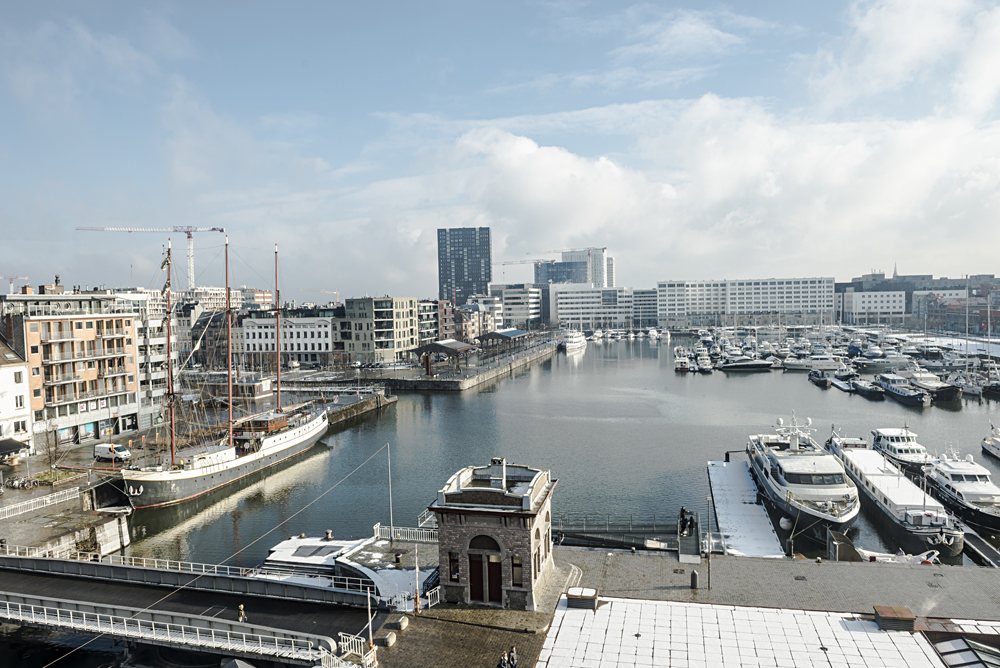
Belgium is famous for…
You must try a Belgian waffle at least once in your life, especially when on a Belgium vacation. They are very popular throughout Europe. Frites are another highly recommended food. It is said they are the best in the world here. Try them and find out. One reason could be that they are usually double-fried. The normal additive to them is mayonnaise. Beer is definitely a major consumer item in Belgium and these beverages have a flavour of their own for the most part. Try a wheat beer, there are reported to be more than 180 breweries in the country. Christmas markets are to be found everywhere, mainly in medieval town centres. Notable markets are in Bruges and Brussels.
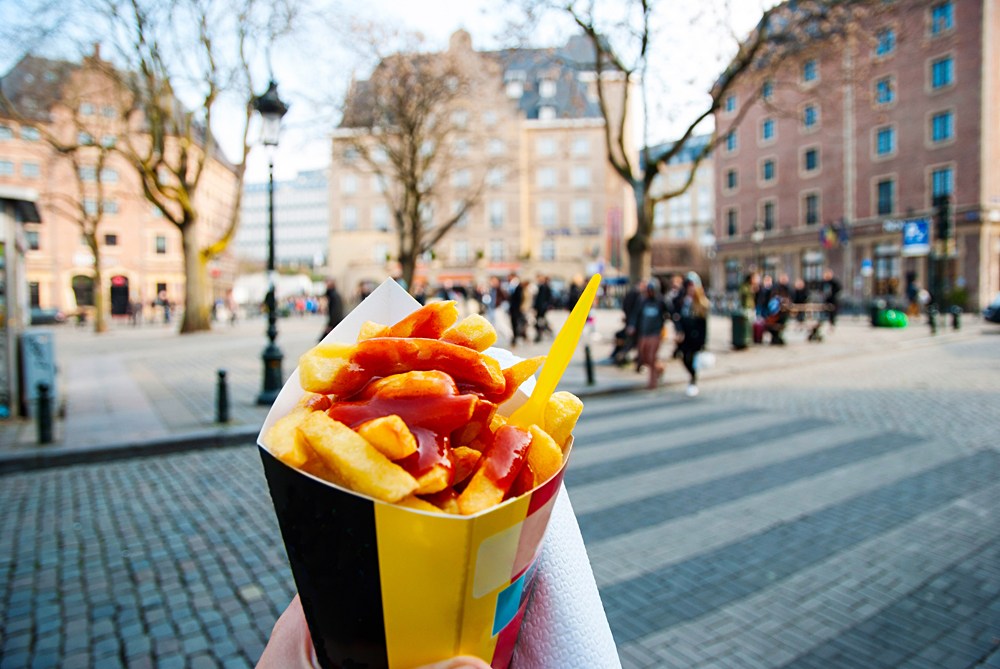
A small but very significant country… that’s what you’ll discover on a Belgium vacation!
Get more travel inspiration by email.
Subscribe
0 Comments

Get the latest travel trends & hear about the best deals on vacations around the world.
If you’re a Globetrotter, these are the newsletters for you!

